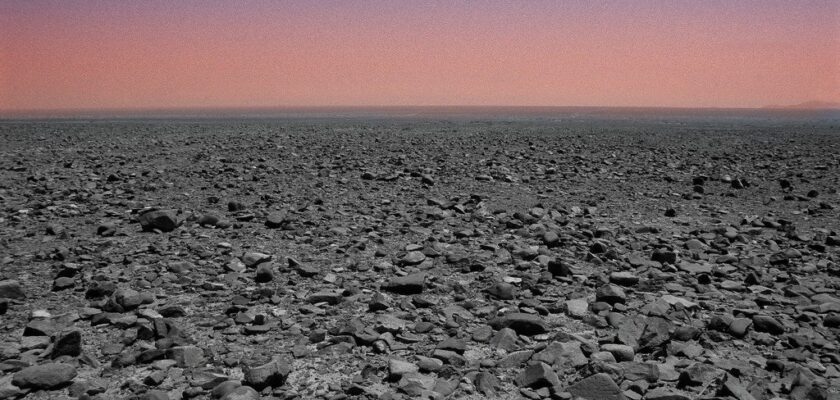Geoglyphs of Nazca
Nazca Geoglyphs are unparalleled anywhere in the world. We still do not know the answer to the question: who and why did it need to draw these mysterious lines and figures among the lifeless plains of the Atacama Desert?
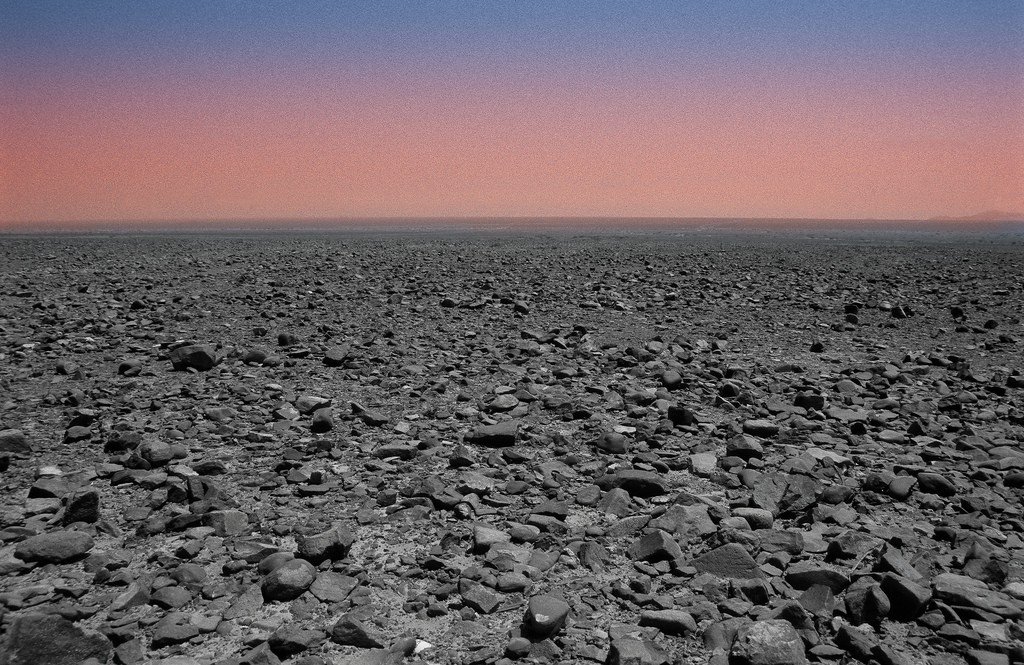
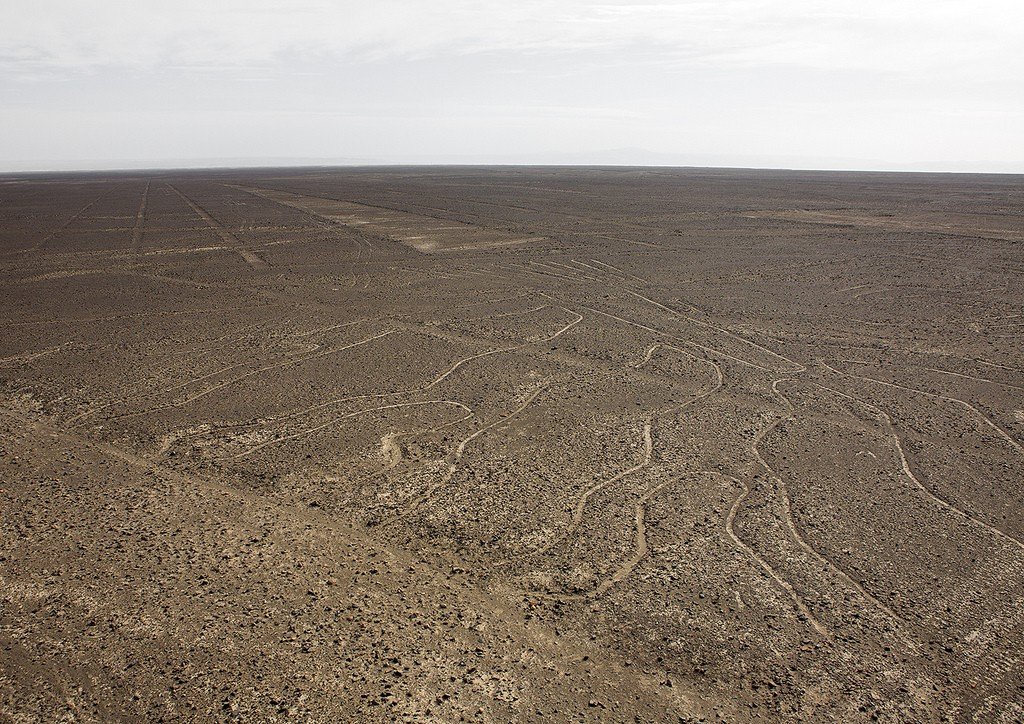
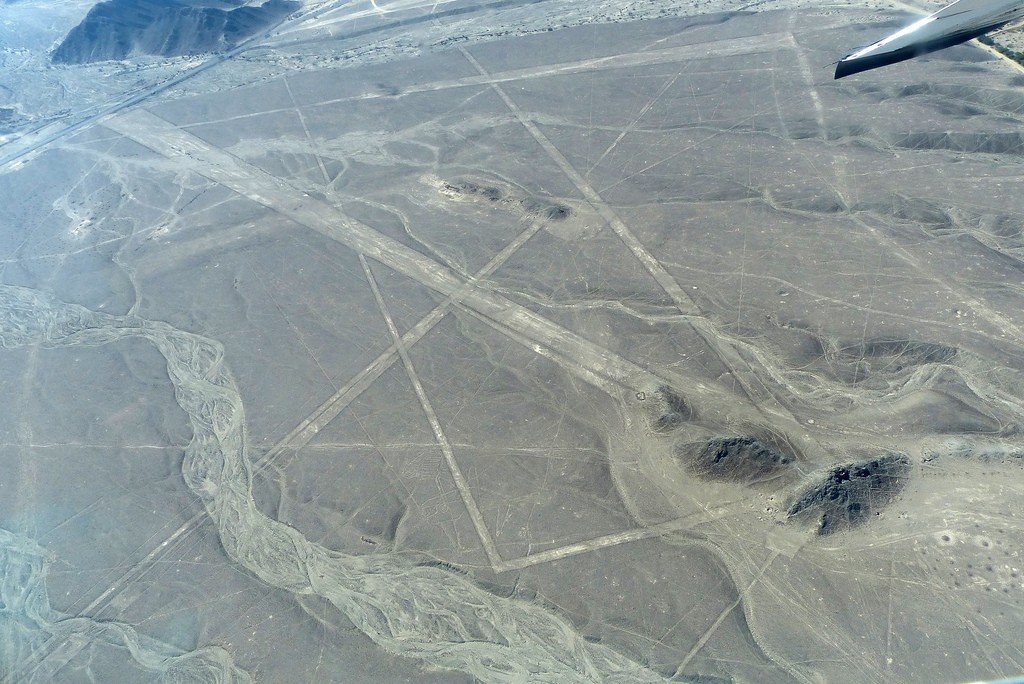
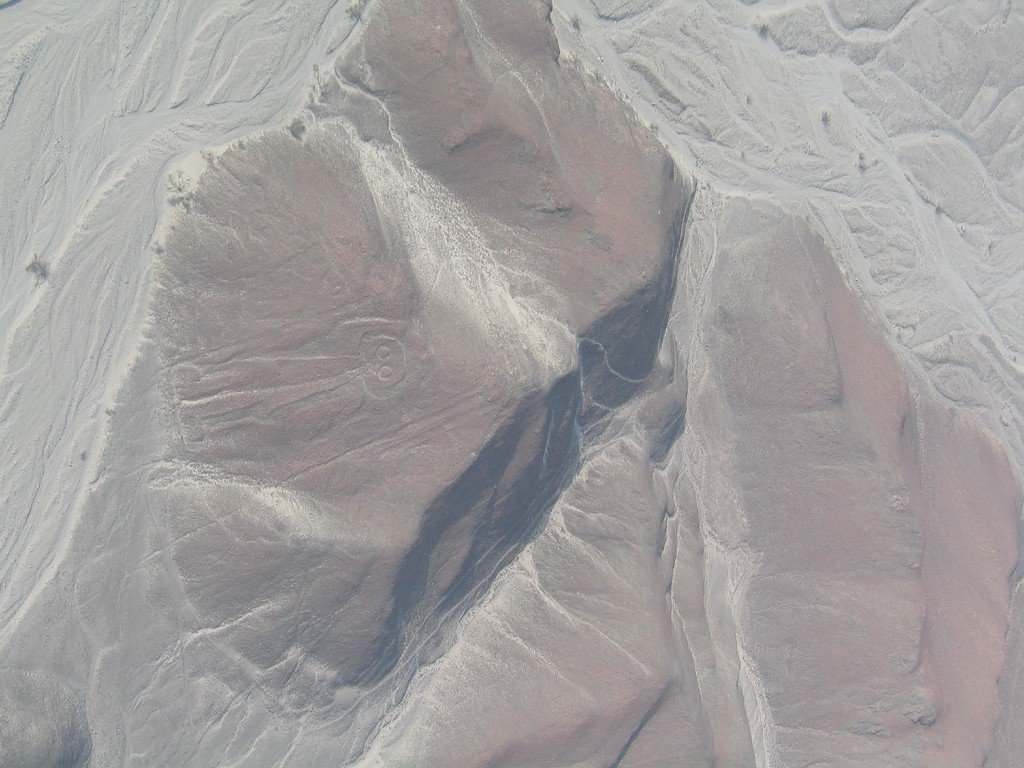
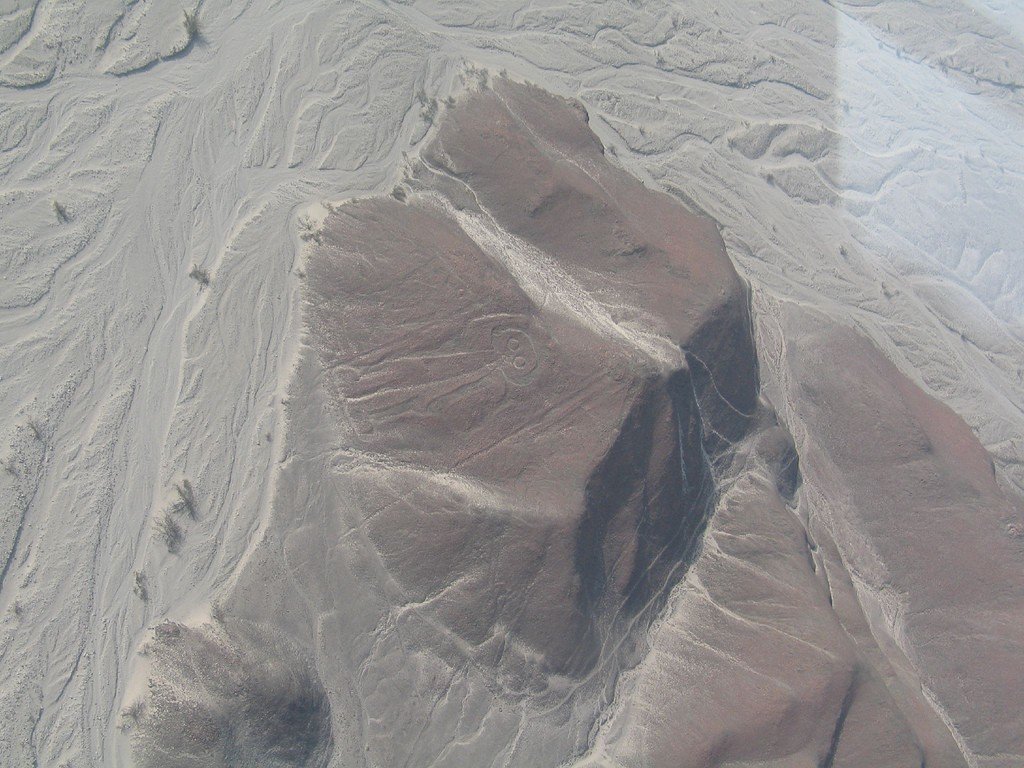
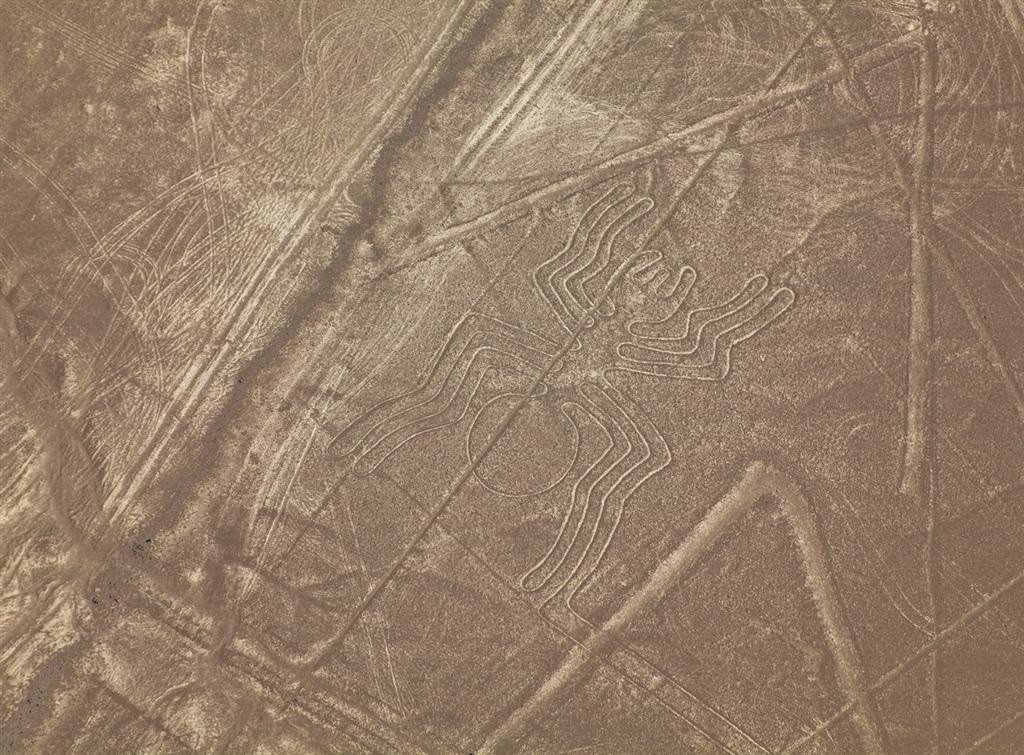

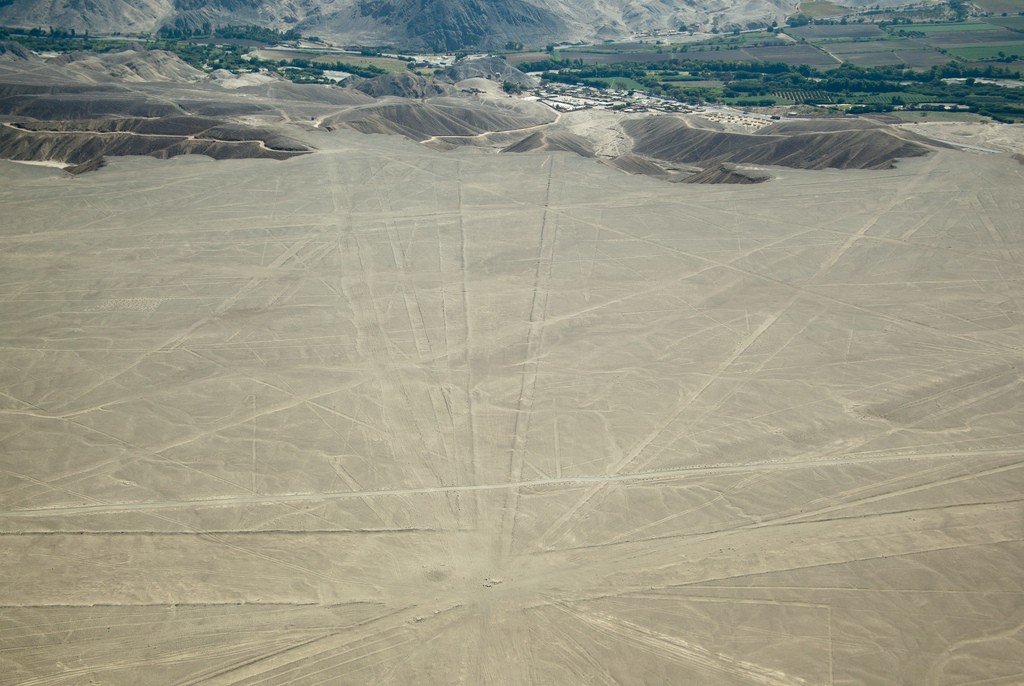
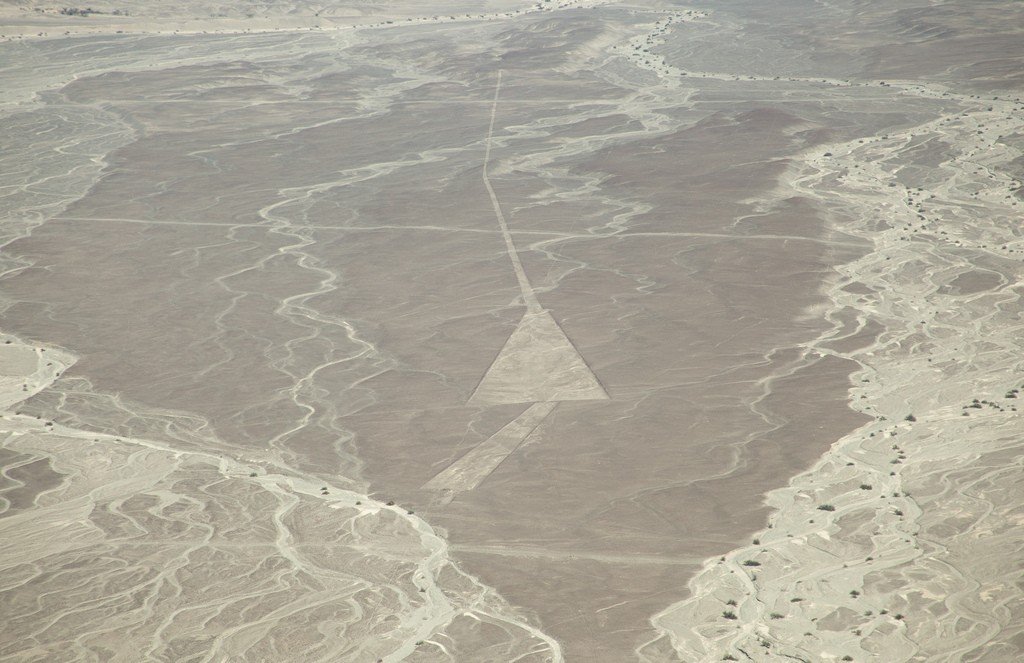
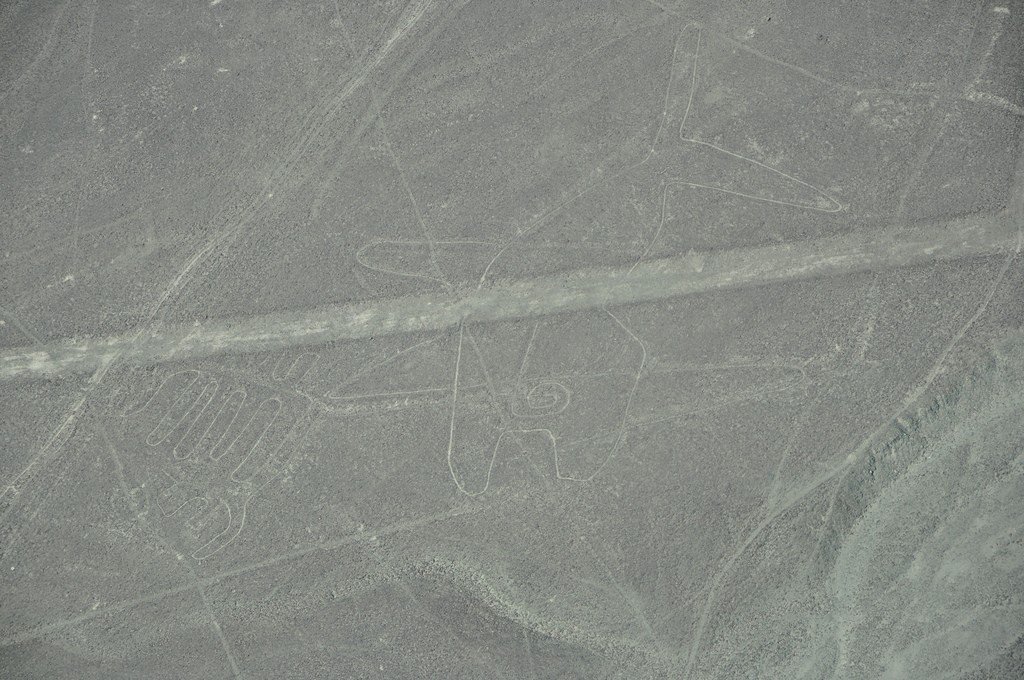
General Information
The Nazca geoglyphs are considered traces of an ancient civilization of which archaeologists have a very vague idea, some of them reaching 300 m in length. So far, they have not even established the age of this phenomenon. One thing is clear: these geoglyphs are one of the most astonishing mysteries delivered to mankind.
.The Nazca geoglyphs were discovered in 1920, when an airplane first flew over the Atacama Desert. Over time, archaeologists concluded that the lines were traces of the ancient Nazca culture, named for a nearby city that existed between 500 BC and 600 AD. Nazca flourished in 200 BC, when the civilization came under the influence of the Paracas culture. There is also a late period of Nazca culture in the 7th and 8th centuries AD, when the Huari peoples appeared in the area.
.
Why did these people need to paint the surface of the Atacama Desert with such grandiose symbols? The main question remains unanswered, although there are a great many theories. One of the main problems is the scattered information about this culture. Perhaps the lines have some astronomical or religious significance. For example, some coincidences between the lines and the position of the sun on the summer solstice have been noted. Animal figures may mark the paths traveled by ceremonial processions, possibly ending with the sacrifice of these animals.
Heumar von Ditfurth has hypothesized that the Nazca Plateau, located slightly above the surrounding desert, served as a giant sports arena. Other researchers have suggested that the lines mark the occurrence of groundwater, which was supposed to be used to irrigate this barren desert. Erich von Deniken put forward the most controversial theory that the Nazca geoglyphs are special markings for landing alien ships that visited the earth in prehistoric times. So far there is no solid evidence for either theory. More recently, it has been suggested that the Atacama Desert was a fertile area in the distant past – judging by the tiny calcified plant remains – phytoliths – found in the thickness of the sand. If once there was vegetation here, it means that the rains fell here and the soil was moist enough. Consequently, the Nazca people fell victim to the vagaries of climate, which suddenly deprived this vast region of water and called their existence into question. Some rushed to seek refuge in the Andes, while others continued to struggle. And drew these lines in the desert as a message to the cruel gods, begging them to bring water back to these lands.
>
For a long time, their prayers seemed to be answered. The lines in the sand were drawn for 400 years. But in our time, if the drought continues, the last sources of water will run out and Nazca will be erased from history.Facts
- The drawings on the desert plateau are called geoglyphs, or Nazca lines, and are known worldwide. The lines are made by raking or removing the thin top layer of sand, which is a darker shade. This exposes the lighter lower layer that forms the pattern.
- In 1994, the Nazca geoglyphs were inscribed on the UNESCO World Heritage List as “Lines and geoglyphs in the Nazca and Pampas de Jumana areas.” .
